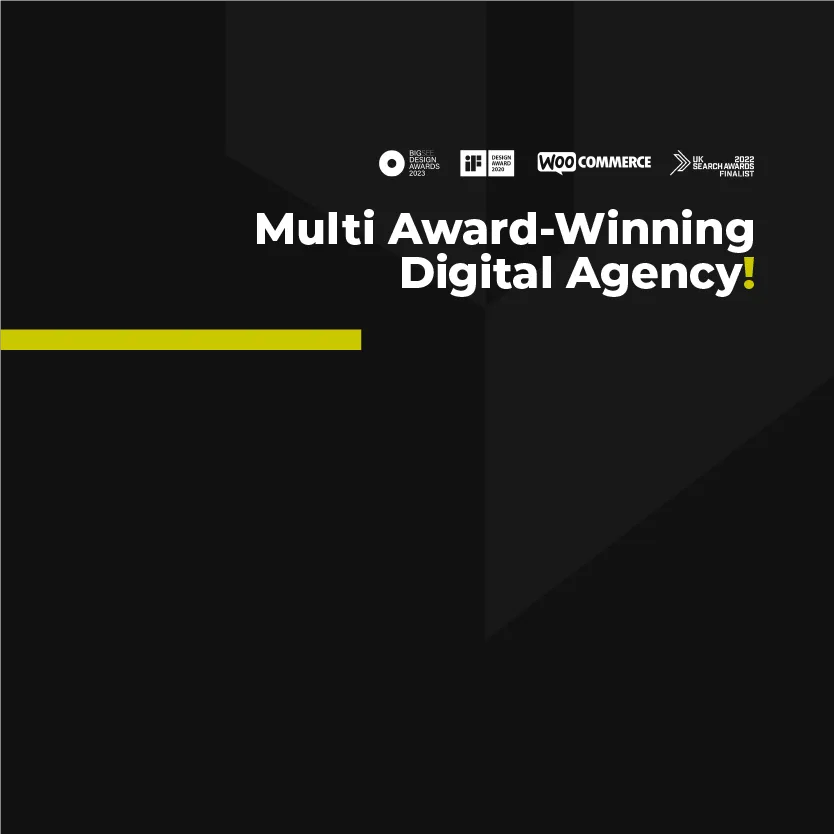In the fast-paced digital landscape of 2024, where attention spans are fleeting and competition is fierce, the significance of a logo cannot be overstated. It serves as the visual cornerstone of a brand, encapsulating its essence and values in a single, memorable mark. As trends evolve and consumer preferences shift, the minimalist logo design approach emerges as not just a passing fad, but a crucial strategy for brands looking to make a lasting impression in the modern era.
Uncuva Branding & Digital Marketing agency, based in Ipswich, stands as industry leaders renowned for their unparalleled expertise in crafting unforgettable and timeless brand identities. With a deep understanding of design principles and consumer psychology, Uncuva excels in distilling the essence of a brand into a visually compelling and resonant mark. Through meticulous attention to detail and a commitment to excellence, they have earned a reputation for delivering results that transcend mere aesthetics, leaving a lasting impression on audiences and driving tangible business outcomes. In an ever-evolving landscape, Uncuva’s innovative approach and unwavering dedication to their craft set them apart as trailblazers in the realm of branding and digital marketing.
Understanding Logo Types
Before delving into the importance of minimalist logo design, it’s essential to grasp the various logo types:
1. Wordmark Logos: These consist of the brand’s name presented in a stylized font or typography. Examples include Coca-Cola and Google.
2. Symbol or Icon Logos: These feature a unique symbol or icon that represents the brand, often without any accompanying text. Notable examples include Apple and Nike.
3. Combination Logos: As the name suggests, these logos combine both text and symbols to form a cohesive brand mark. Examples include Adidas and Burger King.
Design Trends in 2024
In the ever-evolving realm of design, staying abreast of current trends is crucial for maintaining relevance and appeal. Some prominent design trends in 2024 include:
1. Simplicity: The mantra of “less is more” continues to dominate design philosophies, with brands opting for clean, uncluttered visuals that convey a sense of sophistication and modernity.
2. Versatility: With the proliferation of digital platforms and varying screen sizes, logos need to be adaptable and scalable across a multitude of mediums without losing their impact.
3. Minimalism: Minimalist design principles, characterized by simplicity, clarity, and functionality, have gained immense traction. This approach focuses on stripping away excess elements to distil the essence of a brand into its purest form.
The Crucial Role of Minimalist Logo Design
In the dynamic landscape of 2024, where consumer attention is a precious commodity, minimalist logo design emerges as a strategic imperative for several reasons:
1. Memorability: Minimalist logos possess a timeless elegance that makes them inherently memorable. By eschewing unnecessary embellishments, they leave a lasting impression on consumers’ minds.
2. Scalability: In an era where brands interact with consumers across a myriad of digital touchpoints, the scalability of a logo is paramount. Minimalist designs translate seamlessly across various platforms, ensuring consistency and recognizability.
3. Adaptability: As consumer tastes evolve and design trends shift, minimalist logos offer unparalleled adaptability. Their clean lines and simplicity allow for easy updates and modifications while retaining the brand’s core identity.
4. Distinctiveness: In a crowded marketplace, standing out from the competition is imperative. Minimalist logos, with their refined aesthetic and focus on essential elements, enable brands to carve out a distinctive identity that resonates with consumers.
Embracing Minimalism in Logo Design
To harness the power of minimalist logo design effectively, brands should adhere to the following principles:
1. Clarity: Ensure that the logo communicates the brand’s message clearly and succinctly, avoiding unnecessary complexity.
2. Consistency: Maintain consistency in design elements such as colour palette, typography, and visual style to reinforce brand identity across all touchpoints.
3. Versatility: Design logos that are versatile enough to be reproduced across a range of mediums, from digital platforms to print collateral.
4. Timelessness: Strive for a design that transcends fleeting trends and retains its relevance and appeal for years to come.
In conclusion, the shift towards minimalist logo design in 2024 is not merely a trend but a strategic response to the evolving demands of the digital age. By embracing simplicity, clarity, and versatility, brands can create timeless logos that leave a lasting impression on consumers while effectively communicating their values and identity.


